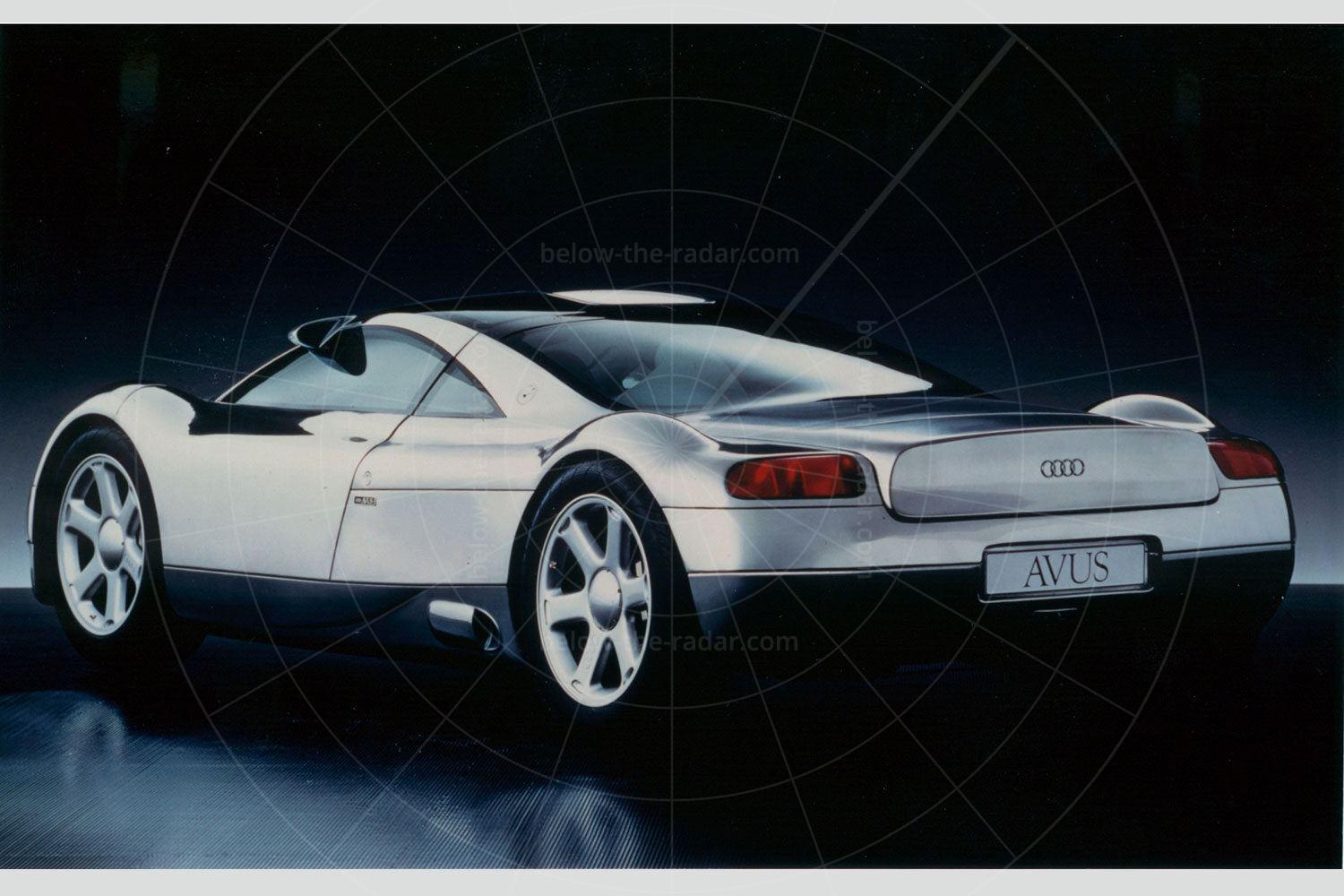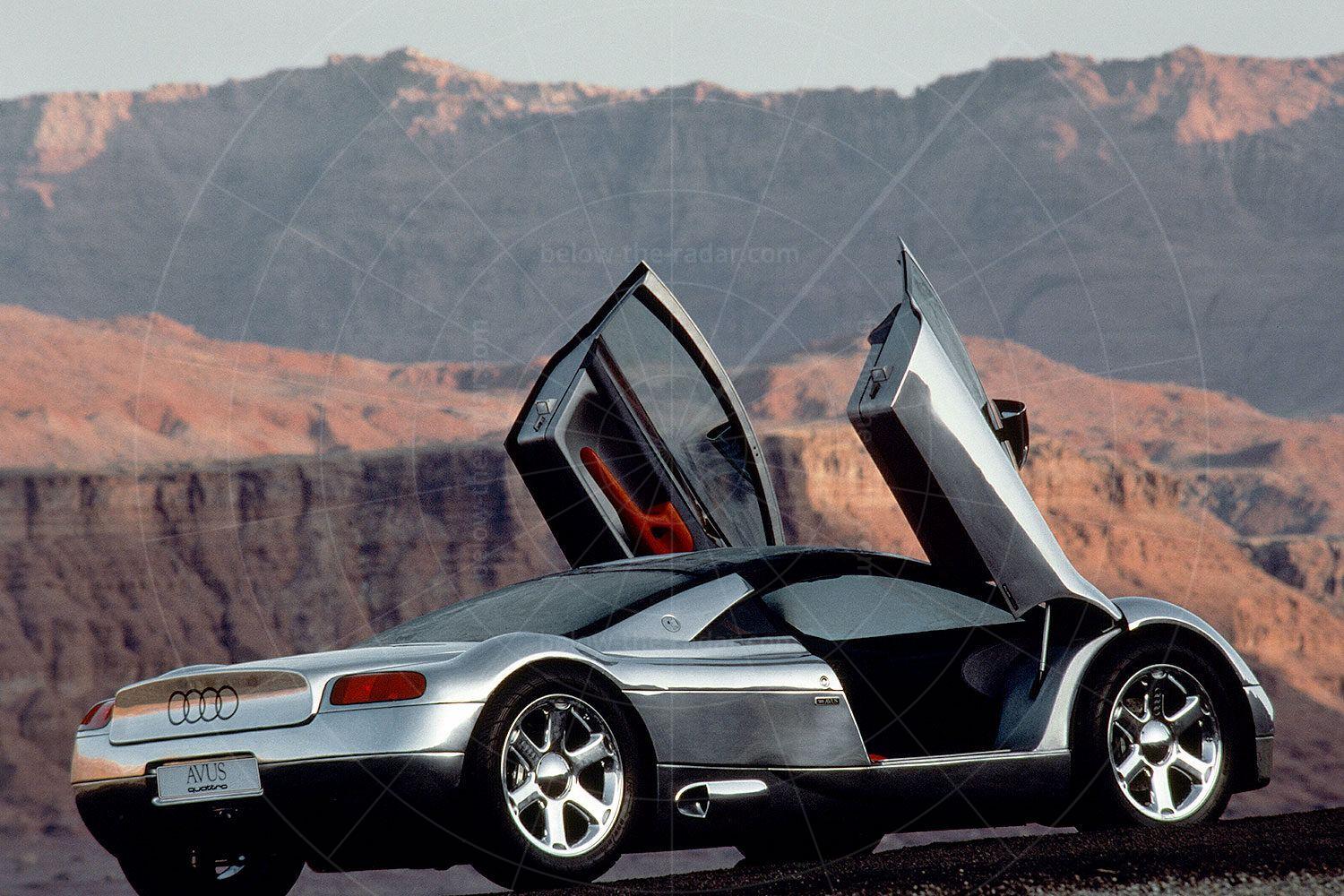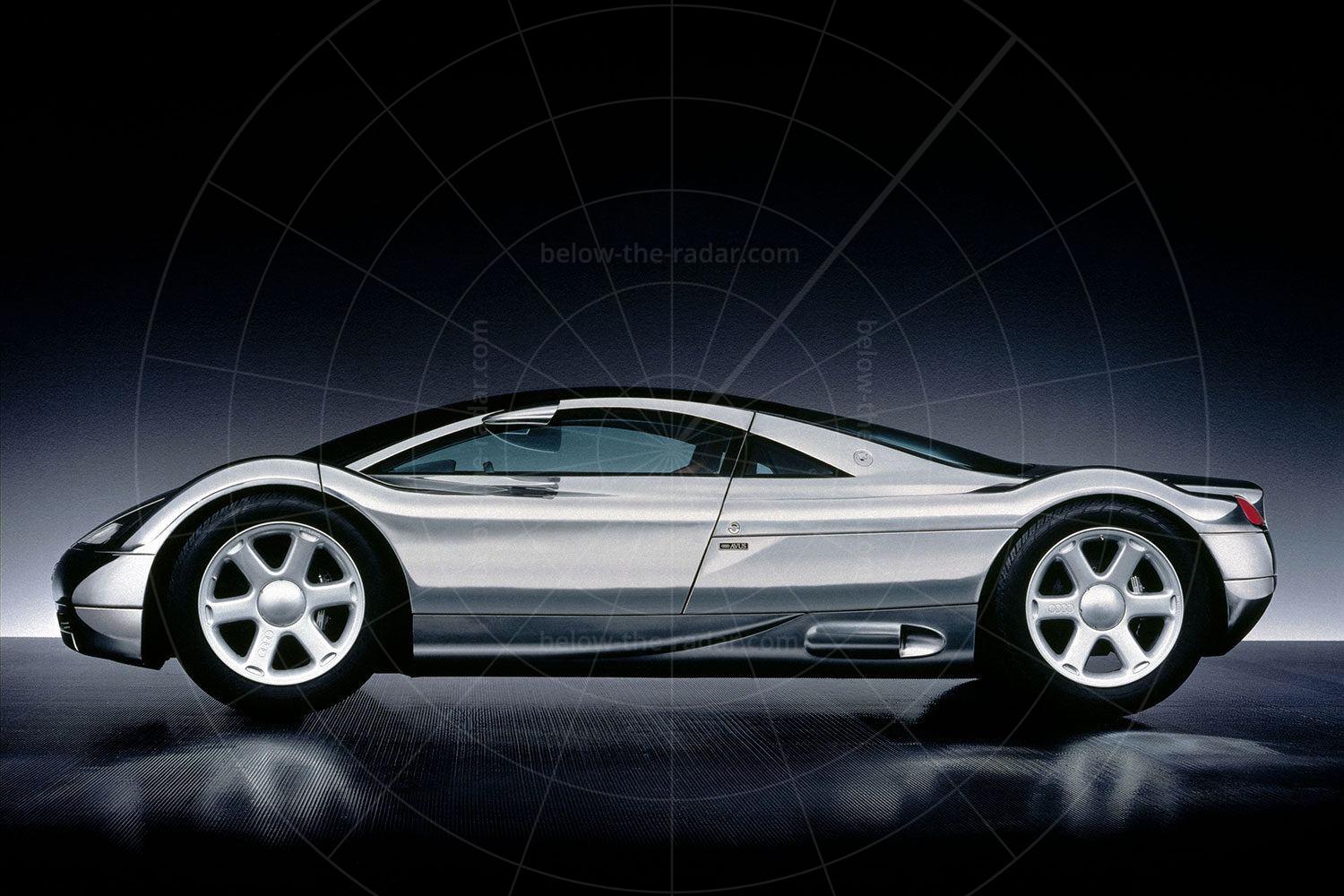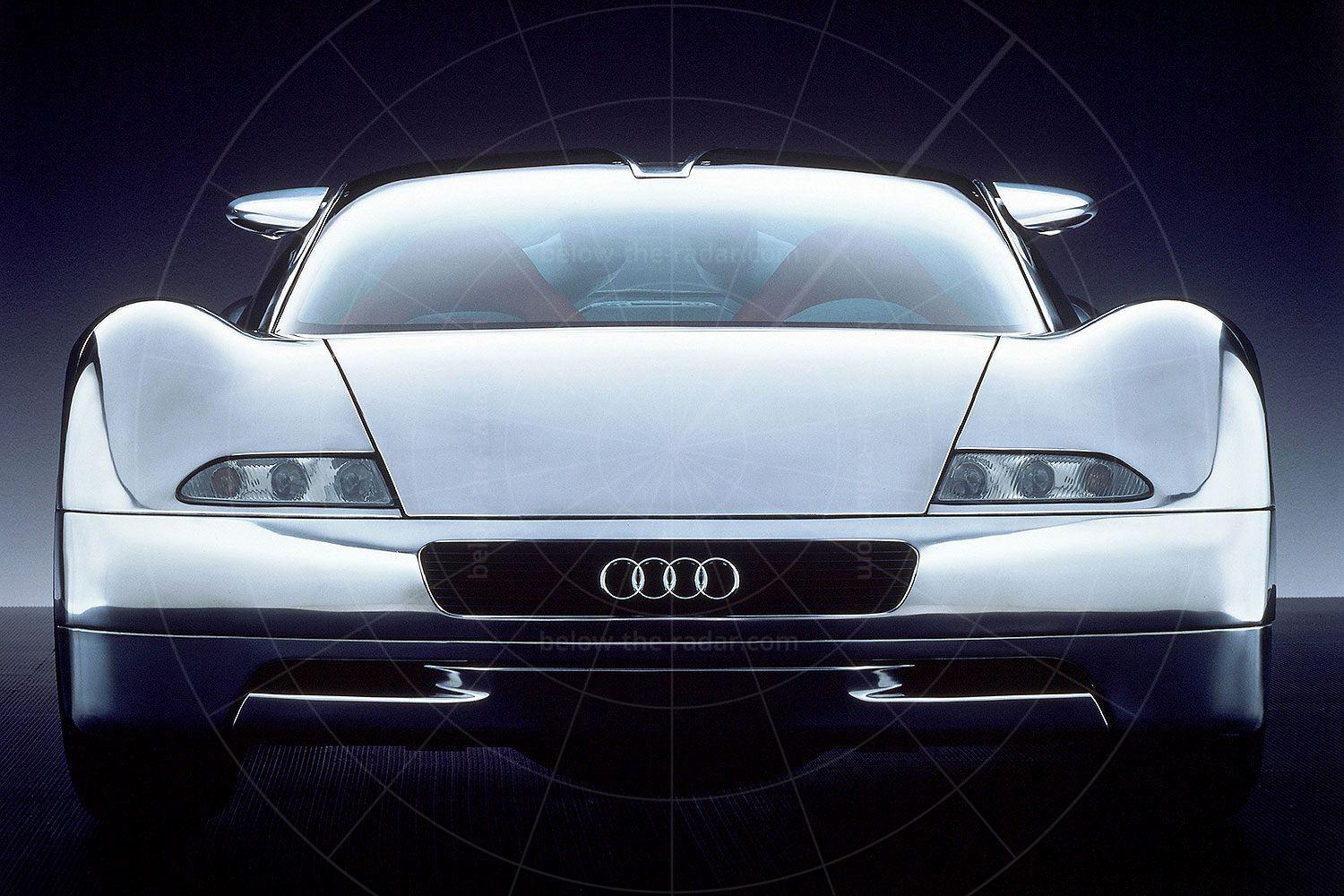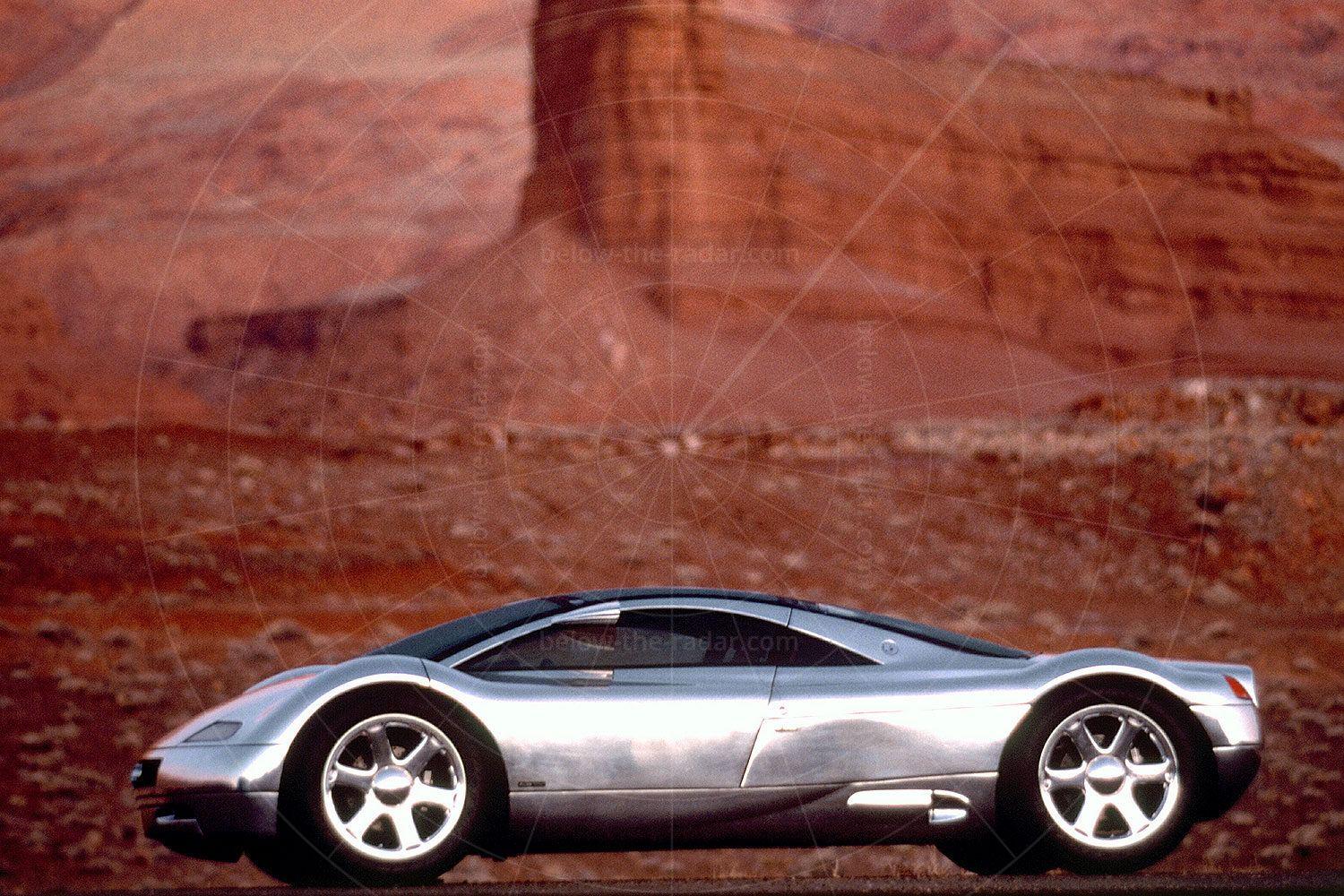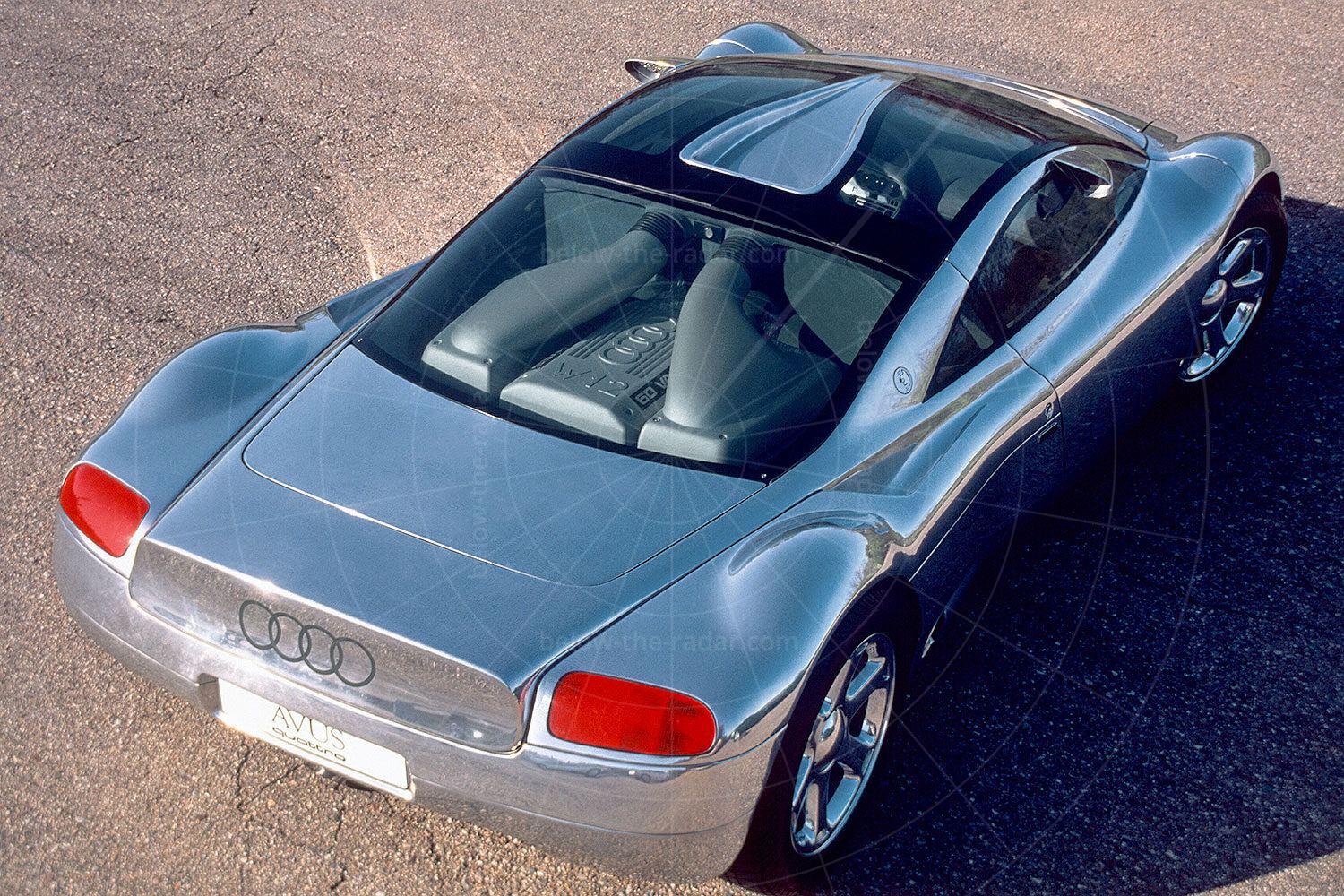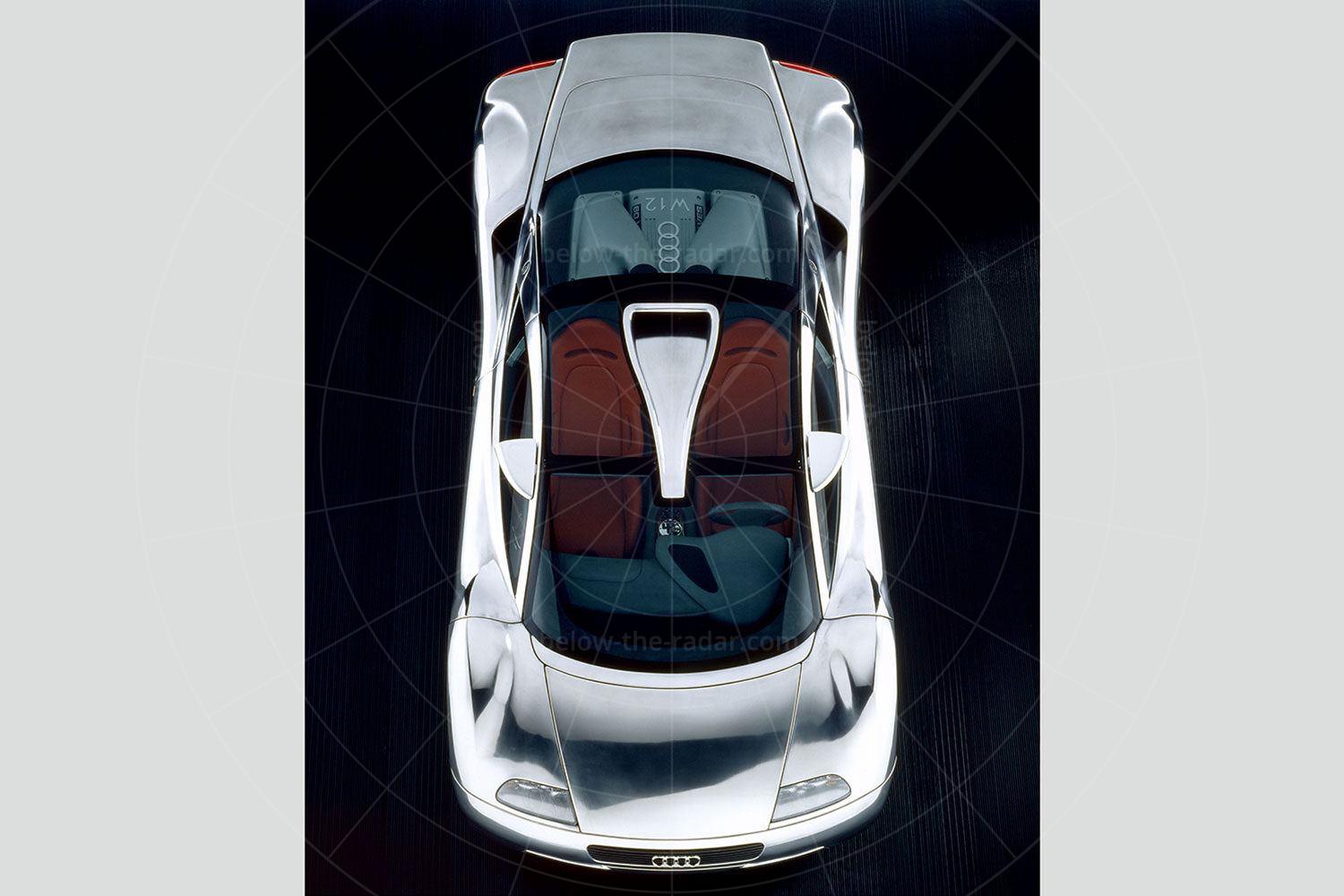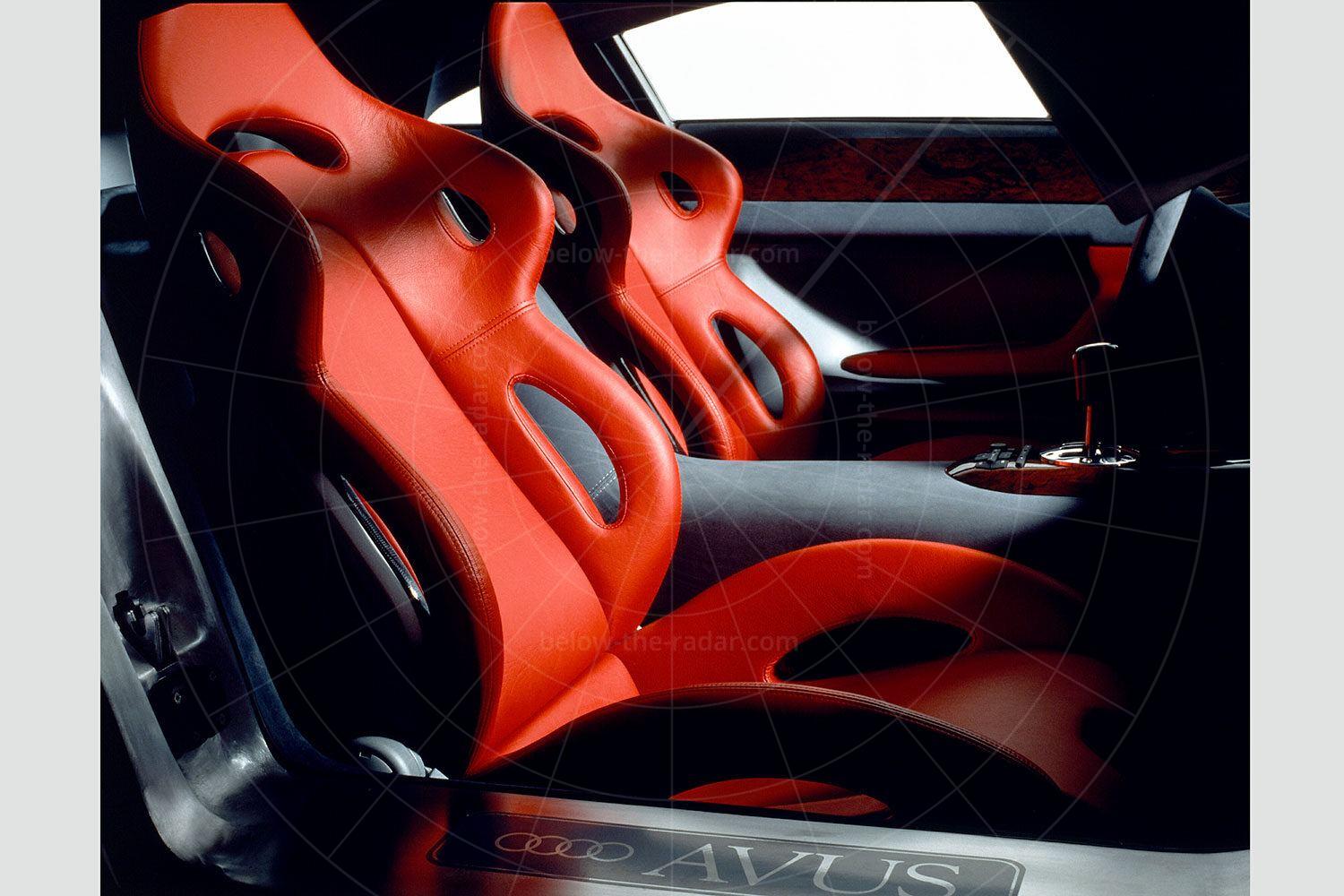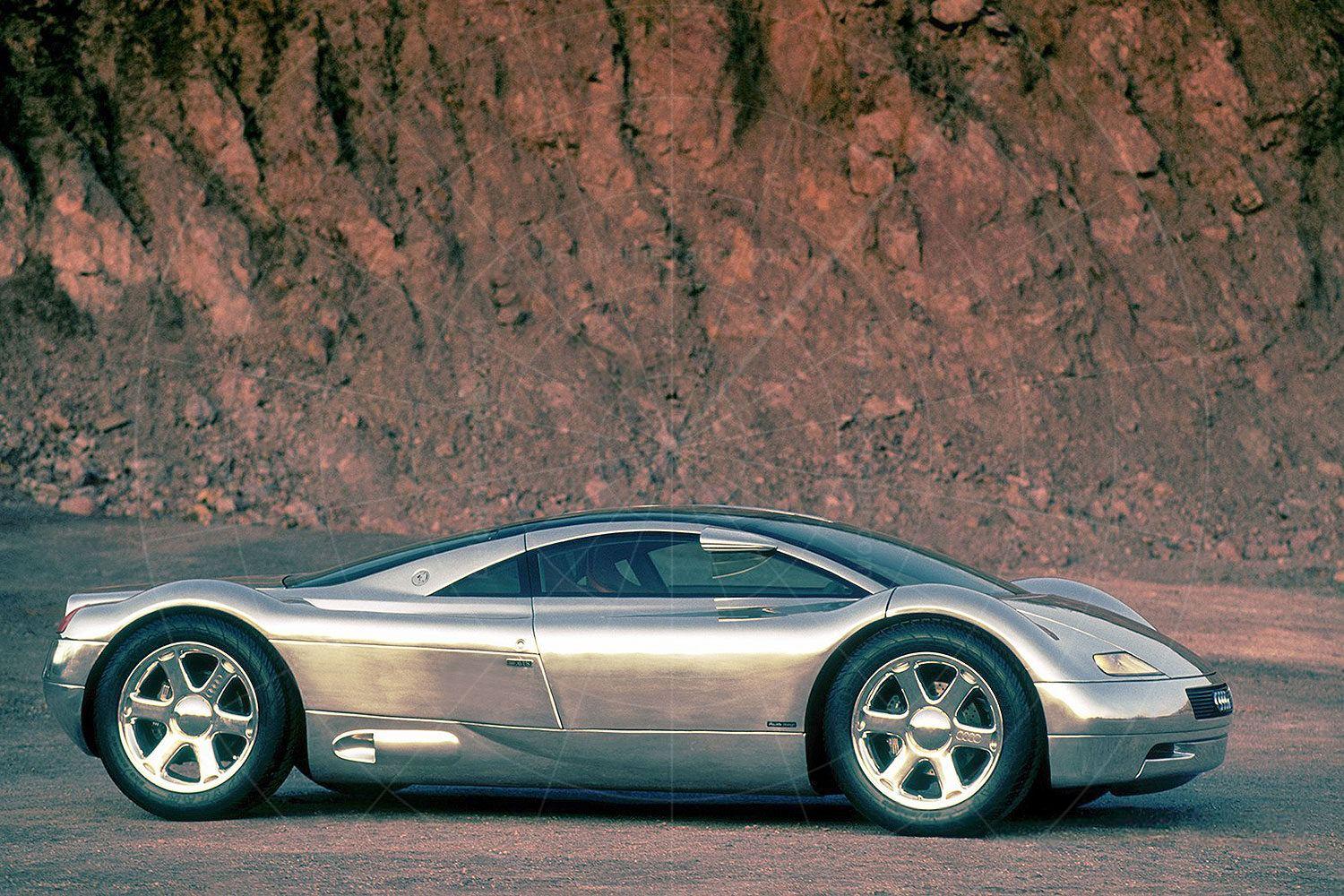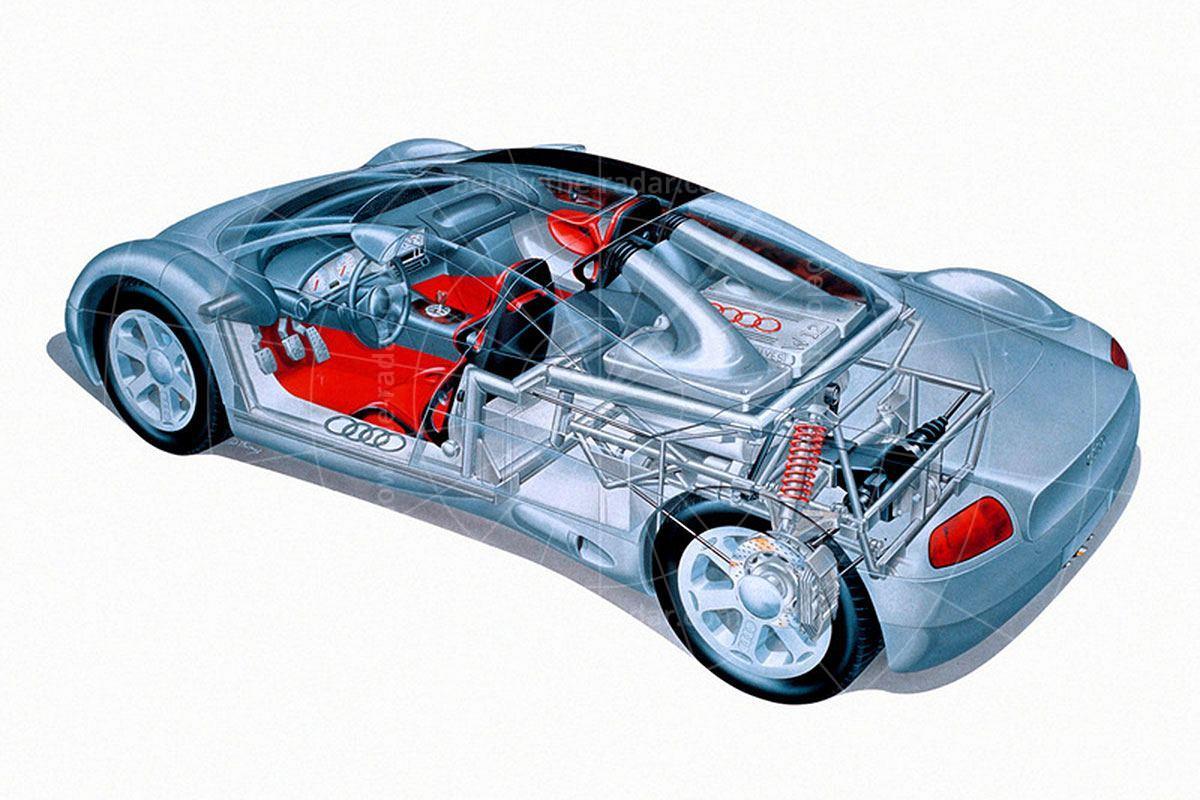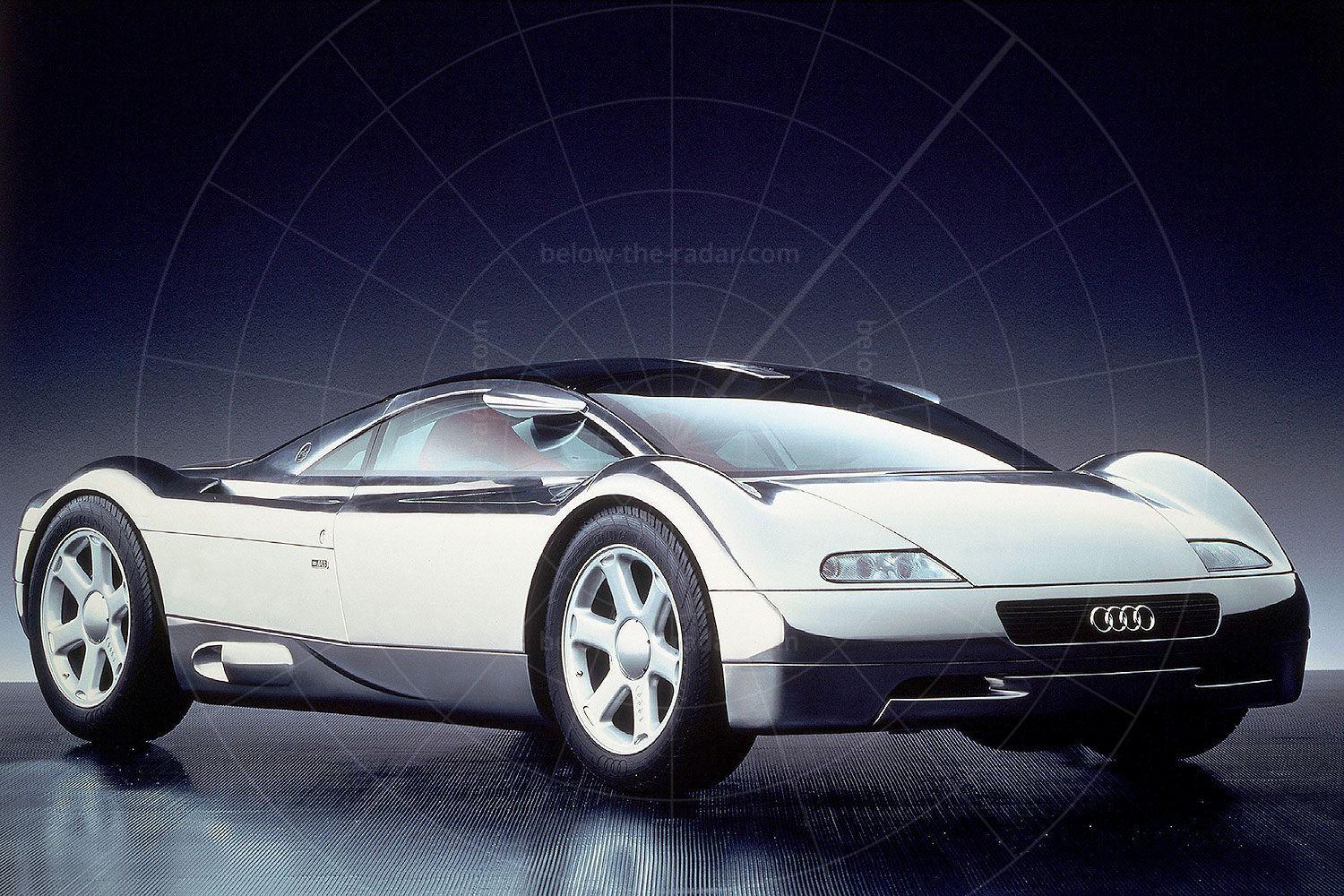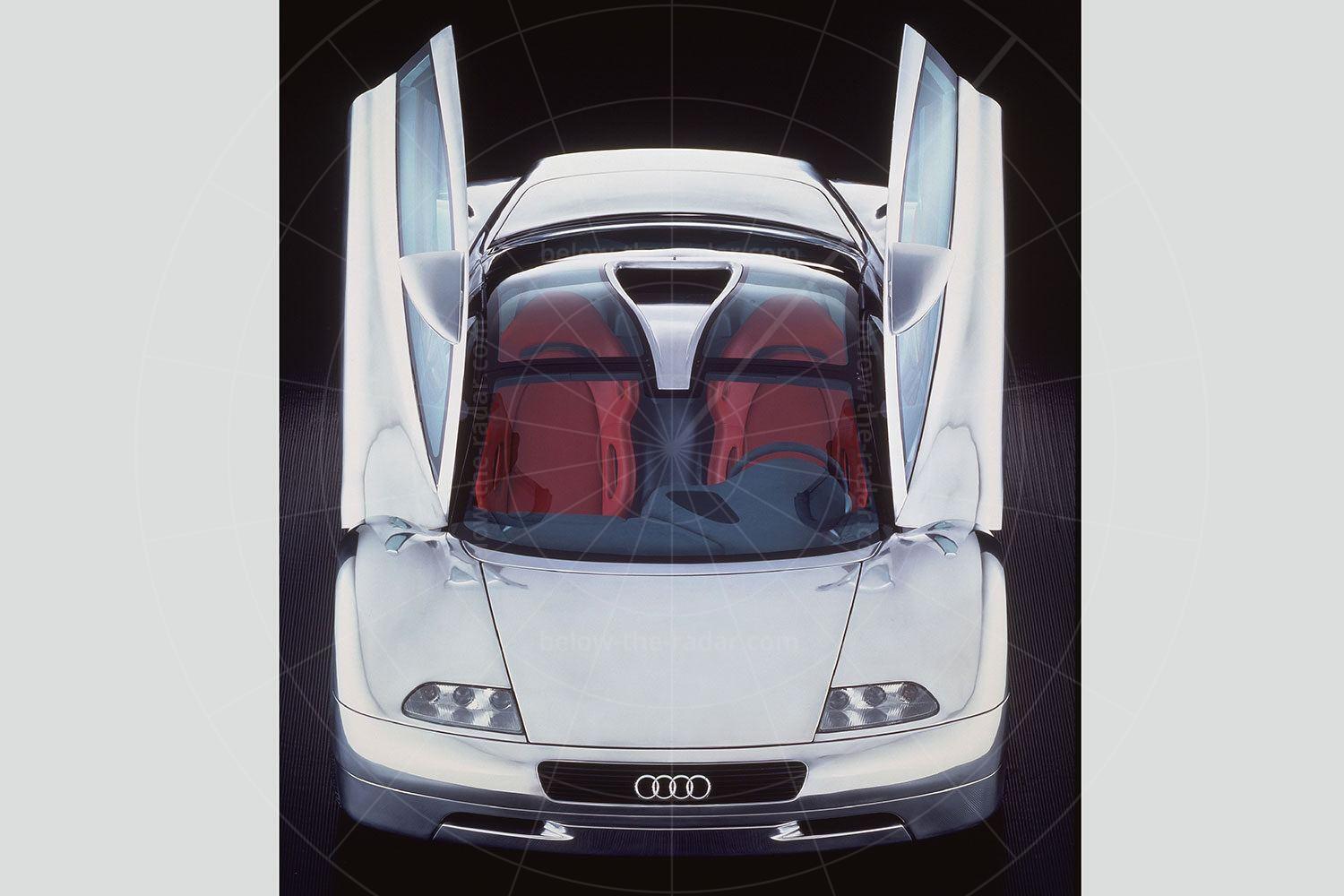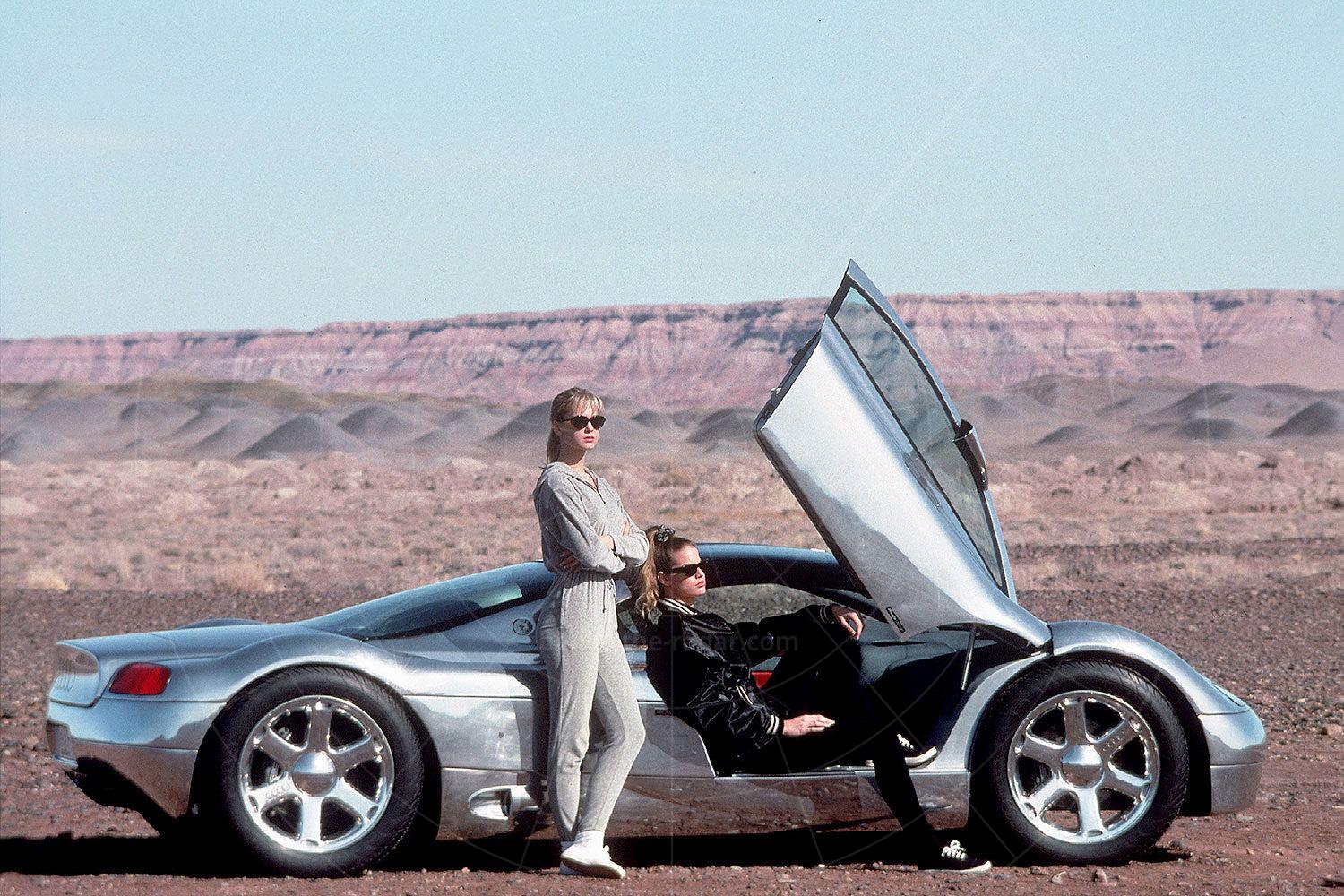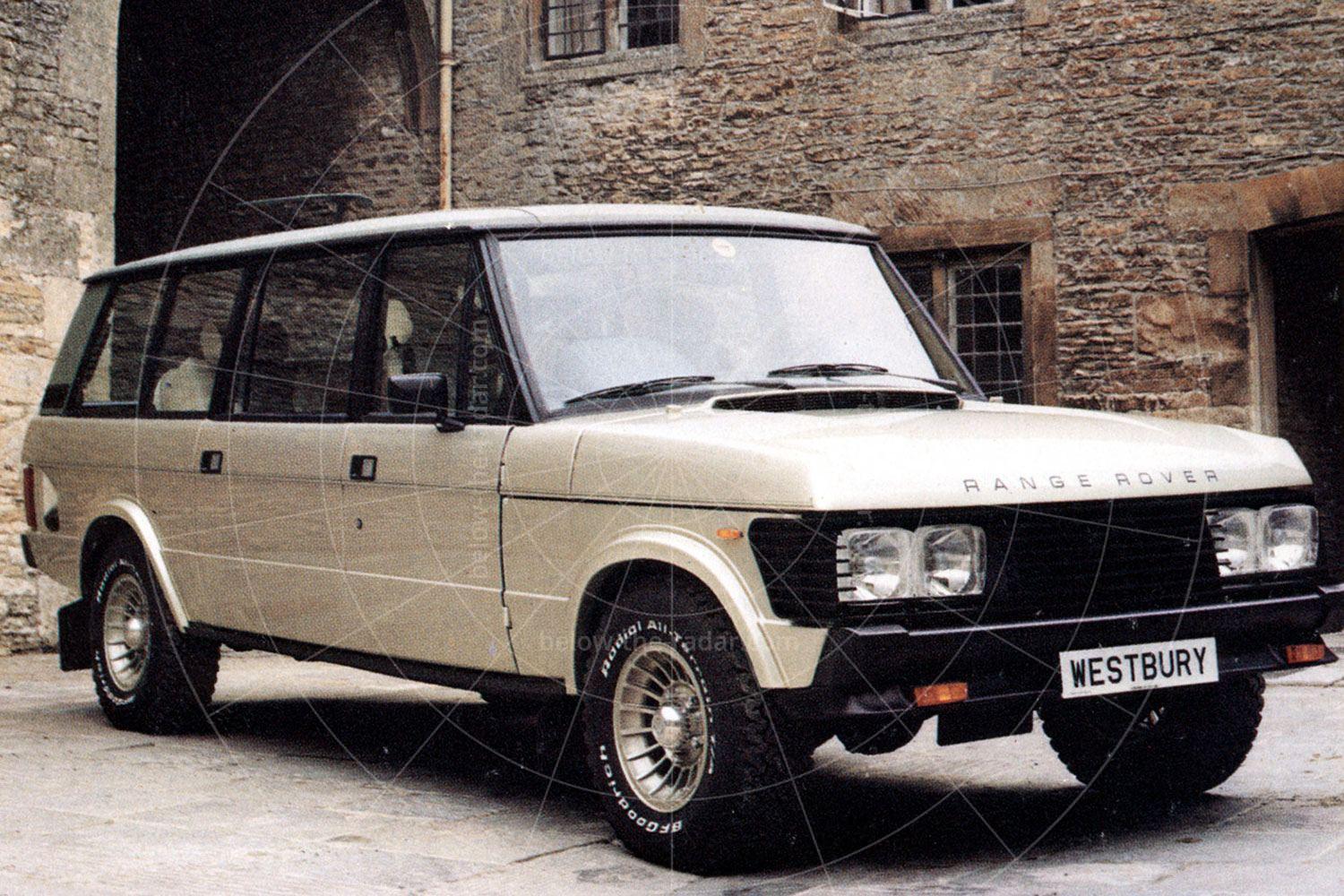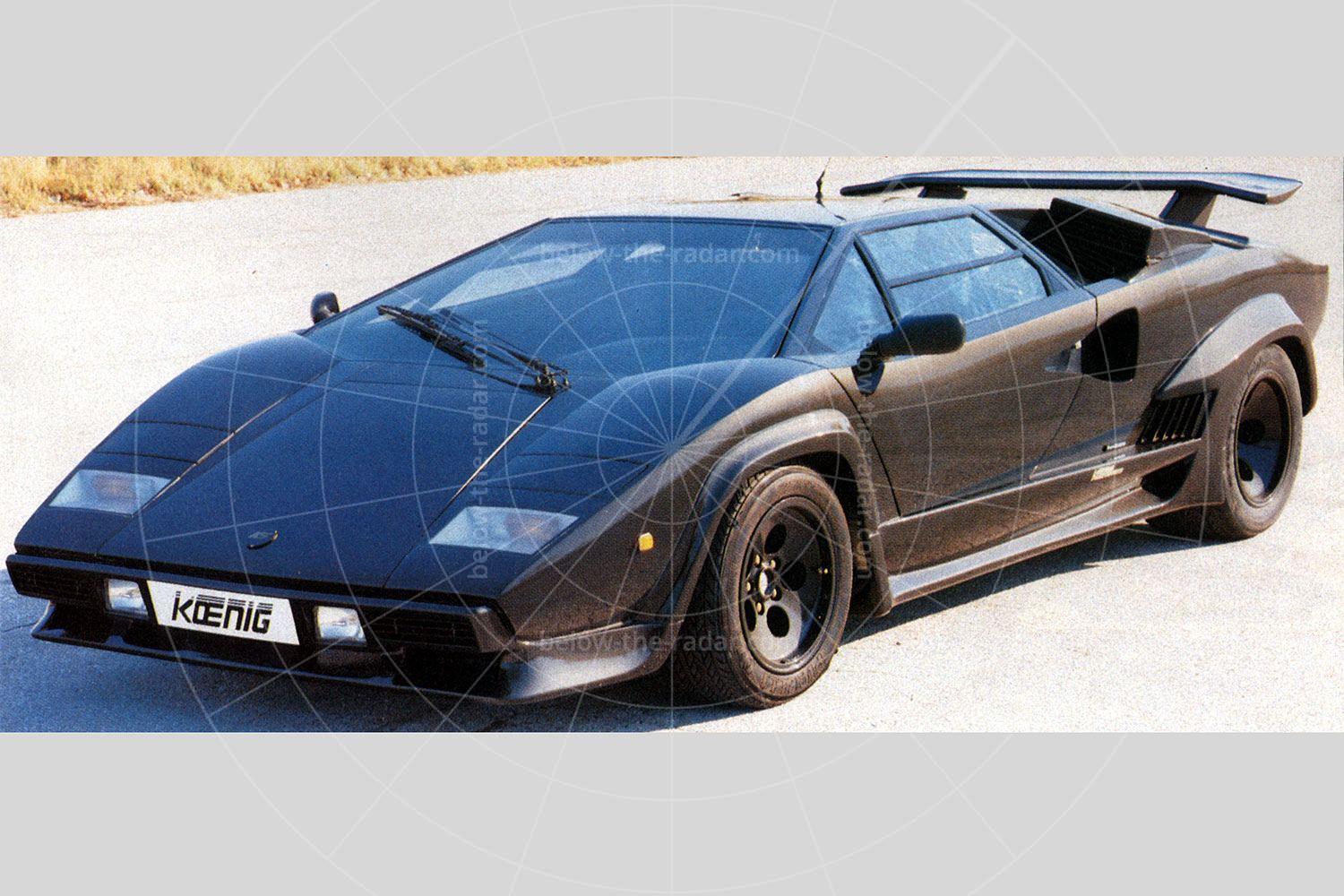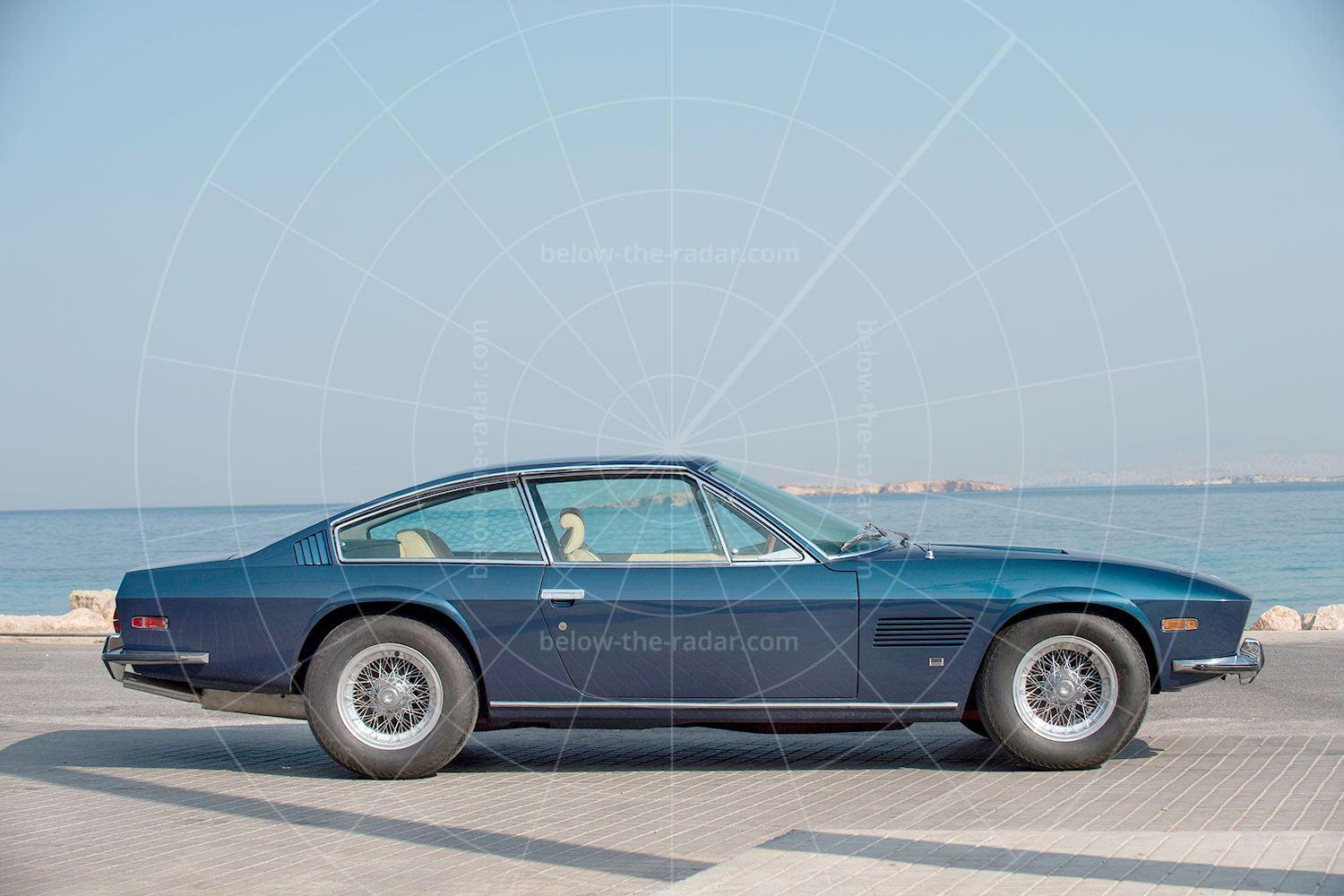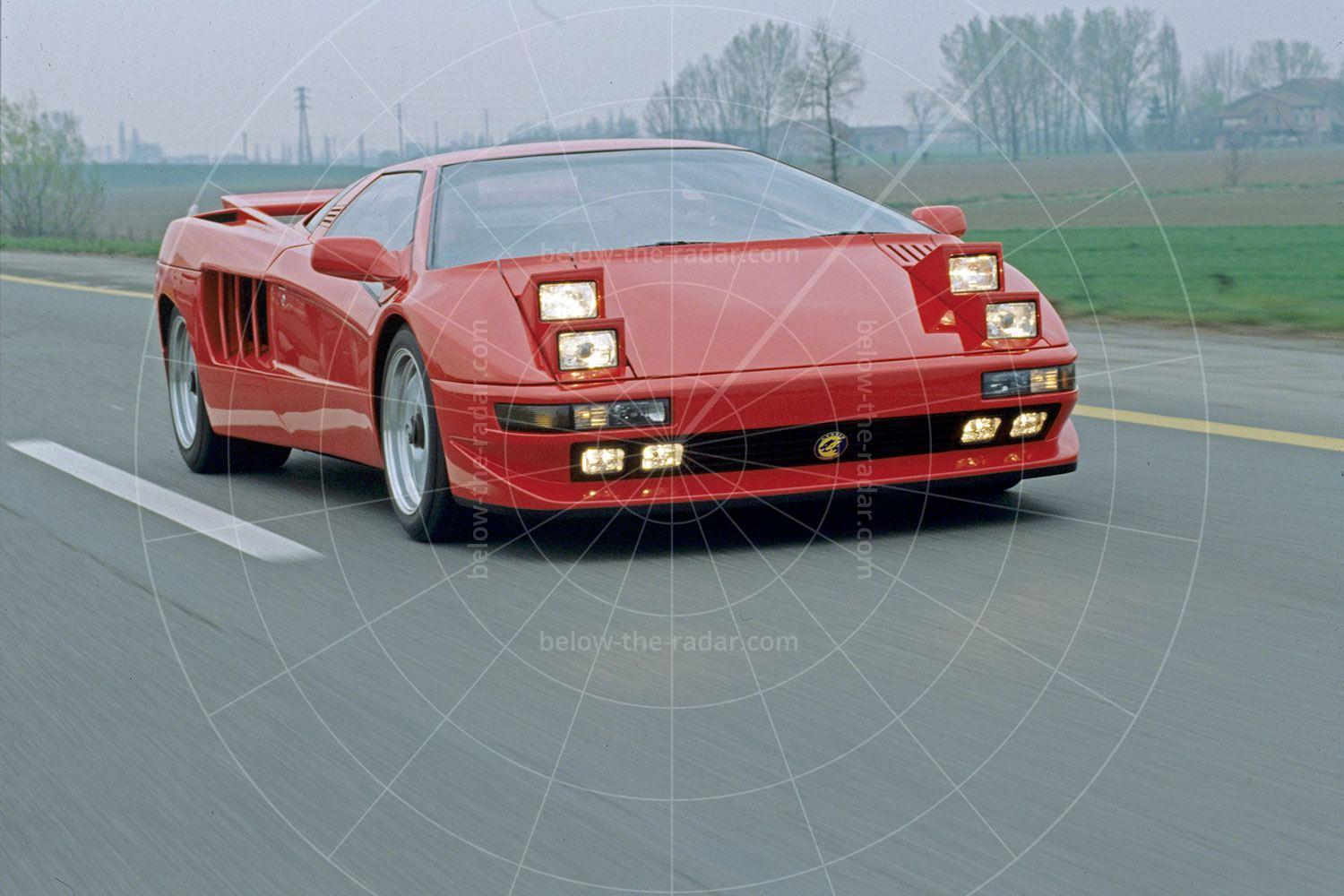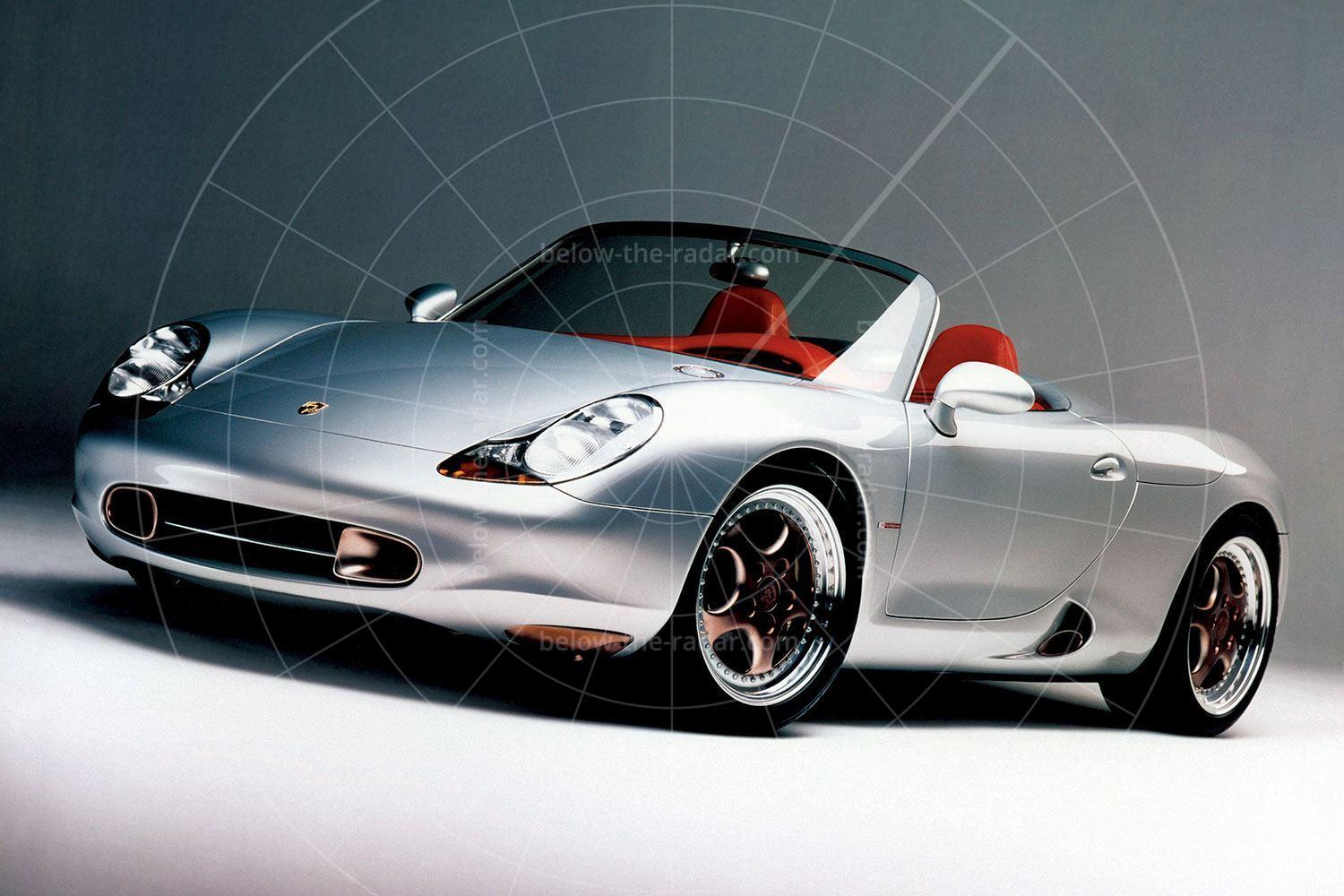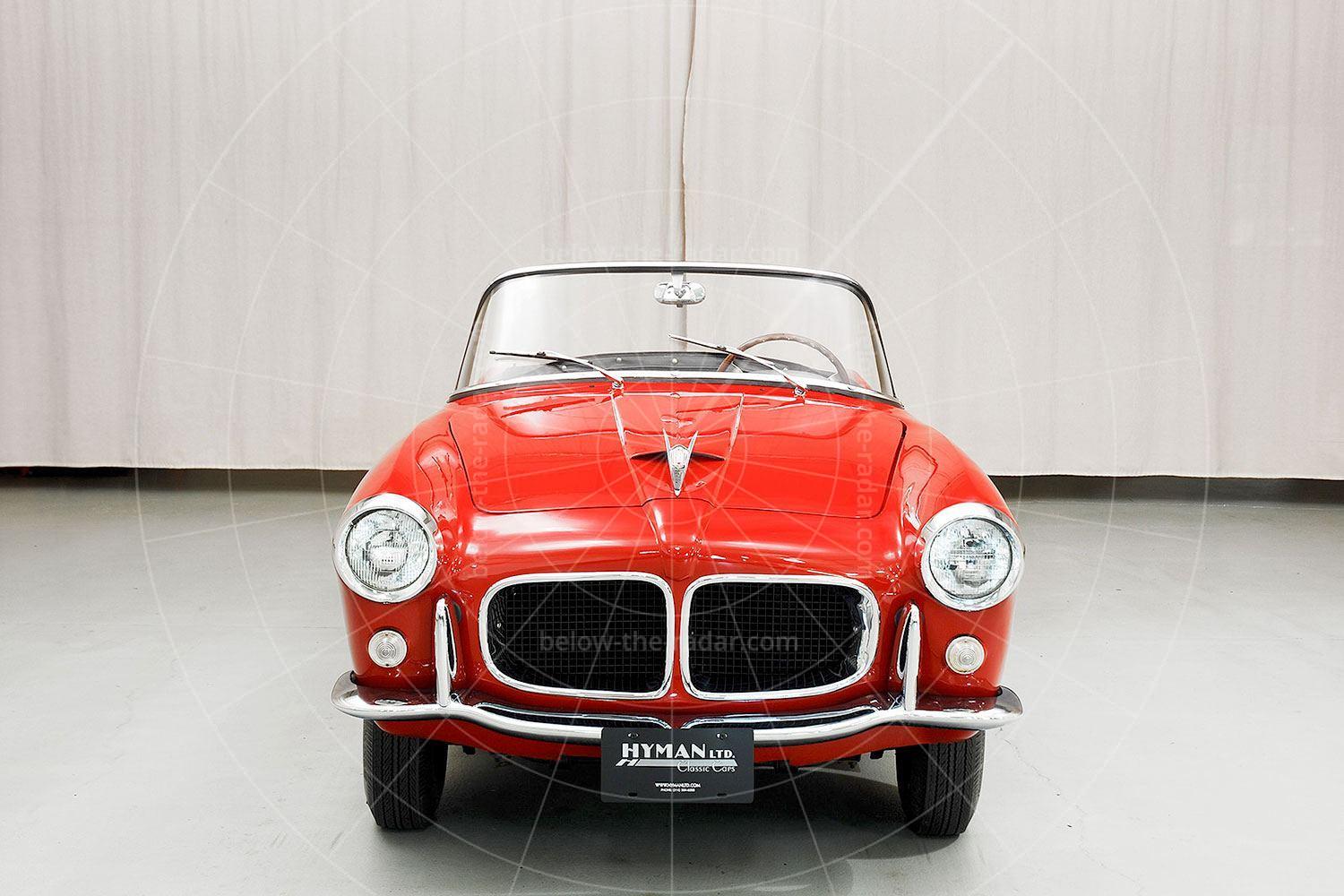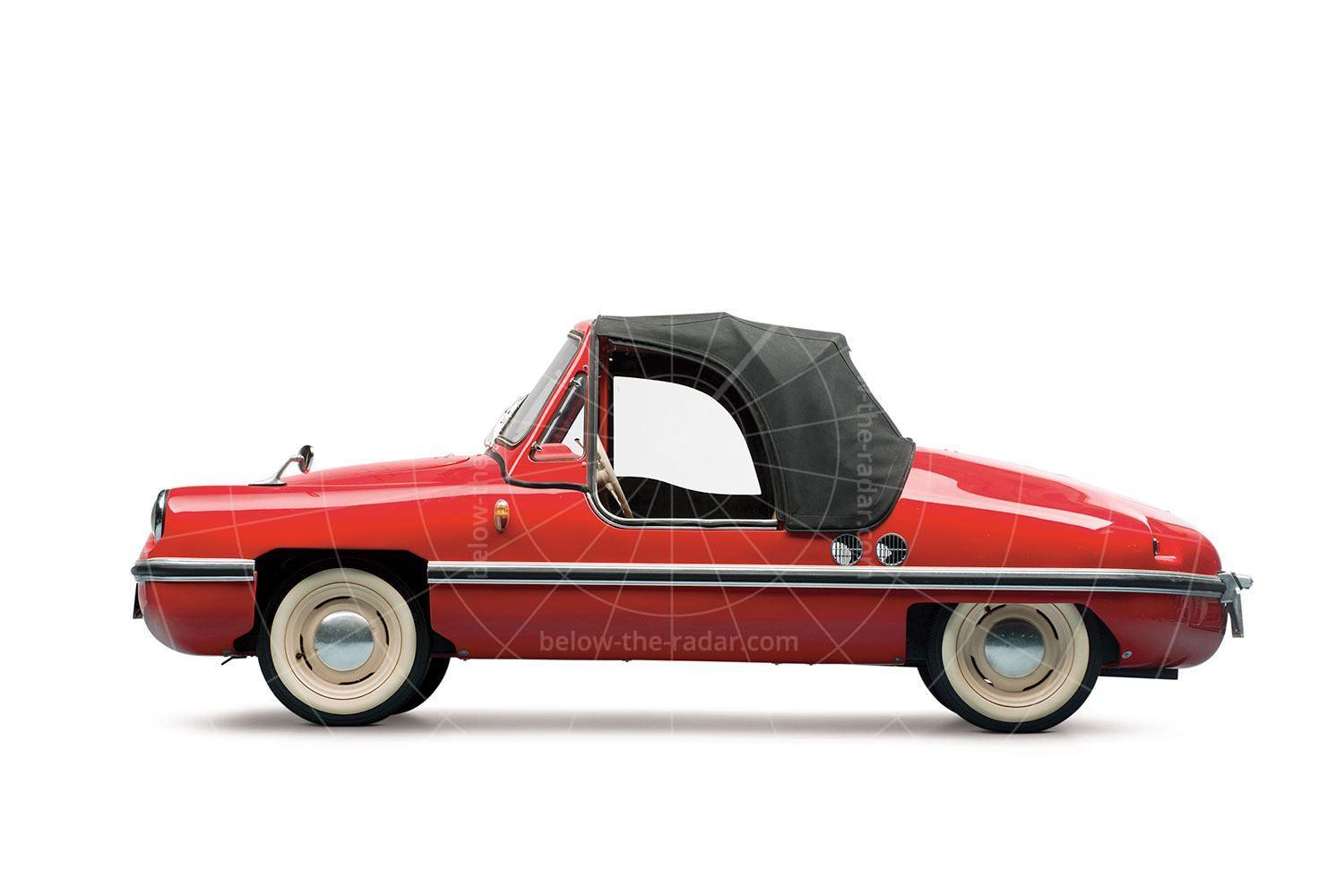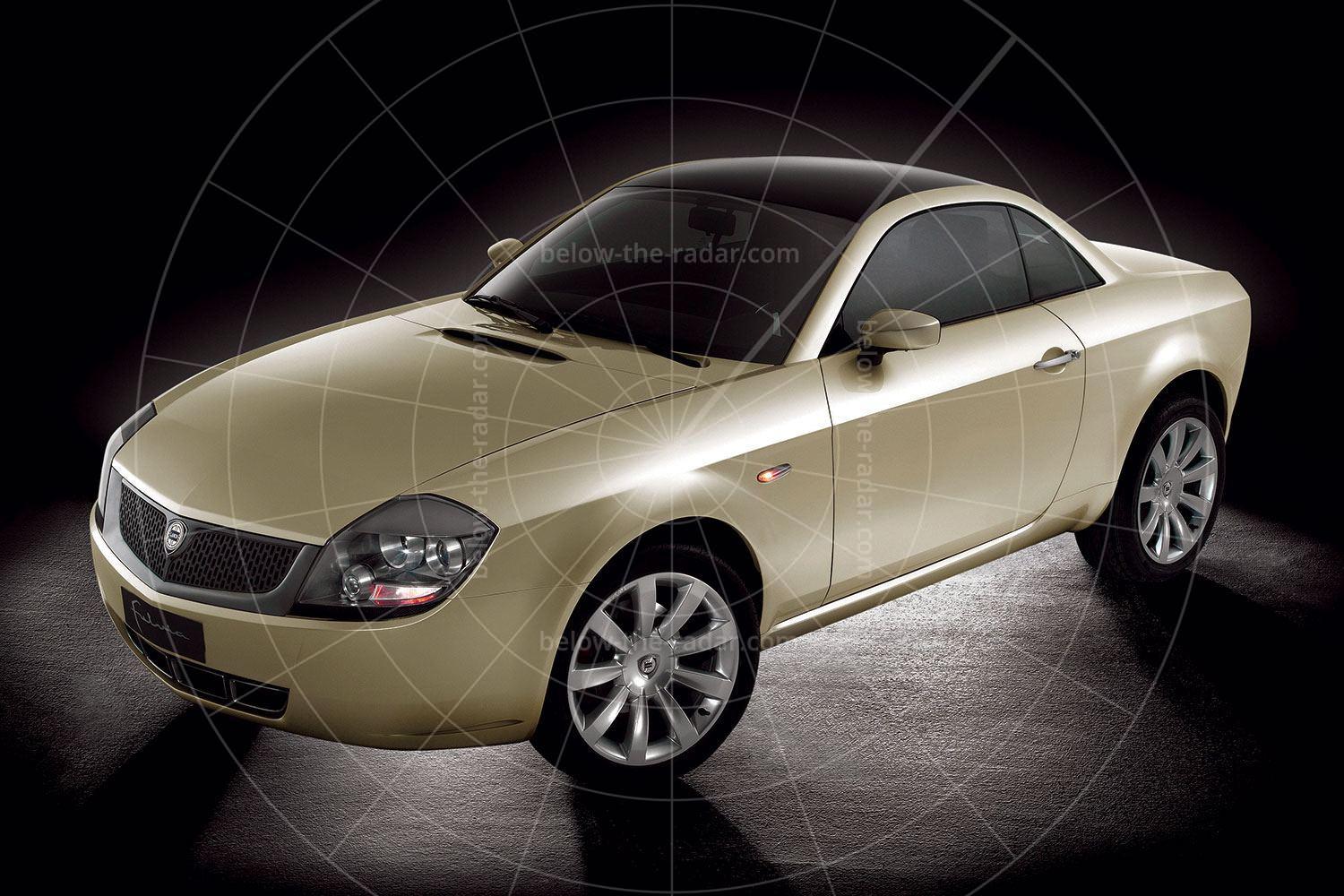In a world where few car manufacturers have a truly unique selling point – other than their brand – Audi can claim to have pioneered one. That’s the use of aluminium in volume car production, although the company’s quattro four-wheel drive system, bringing the availability of all-wheel drive to ‘normal’ saloon and estate cars is perhaps another.
Audi was already committed to volume aluminium car production with its A8 luxury car, by the time the Avus concept was first shown at the 1991 Tokyo motor show. The A8 was launched in 1994 but it was several years before this that Audi had signed a deal with the Aluminium Company of America (ALCOA) to engineer a car that broke convention when it came to materials selection for monocoque-bodied cars.
The Avus was a more radical concept which followed in the footsteps of the Spyder, which had first been shown a month earlier at the 1991 Frankfurt motor show. Whereas the Spyder was initially slated for production, the Avus was a technological tour de force which was a showcase for what Audi was capable of. As well as its 509bhp 5.9-litre W12 engine there was four-wheel drive and – most importantly – that aluminium bodyshell. To make sure that nobody missed the fact that what was usually steel was in fact aluminium, the bodyshell wasn’t painted. Instead it was highly polished and to highlight things even further there were beautiful curves everywhere. From any angle you’d have been hard-pressed to find a straight line anywhere and the Avus looked all the more mesmerising for it.
There didn’t need to be even the slightest nod to practicality, so the Avus was a strict two-seater with no real space for luggage. In true supercar fashion the doors featured a scissor action and the rear-view mirrors were located at the top of the A-pillar for maximum effect. When you’ve created a W12 engine you want to make sure everybody appreciates it, so rather than being fitted with a conventional engine cover there was extensive glass panelling at the rear of the Avus to show off the powerplant.
If you’re wondering what a W12 engine looks like, it’s two banks of four cylinders set like a V8, but with a third bank of four combustion chambers sitting upright in between. Such a configuration leads to a far more compact design than a V12 because it’s the length of four cylinders rather than six. To complicate things even further, each cylinder was equipped with five valves, all operated by a pair of camshafts for each bank of cylinders. But despite all of the power on tap, Audi claimed that the Avus would pass all the then-current road car emissions regulations thanks to the use of electrically heated exhaust catalysts, exhaust gas recirculation and air injection.
It was British designer Martin Smith who was responsible for the look of the Avus, which was heavily inspired by the Auto Union racers of the 1930s. Auto Union was one of the four companies which merged to become Audi (hence the four rings) and the Avus was a famous Berlin race track where those original racers fought close battles.
The interior of the Avus was no less daring than the exterior, although it wasn’t overdesigned in the way that many concepts are. The materials used were simple with leather, wood and woollen textiles being the most common – having saved weight in producing a lightweight bodyshell it would have made little sense filling the car with unnecessary equipment that would just blunt performance. By keeping weight to a minimum the top speed was reckoned to be 210mph, while Audi claimed that the car was capable of despatching the 0-60mph sprint in just three seconds. But the timing was all wrong – the global economy was in tatters and the plug was pulled on the project. Now the Avus sits in Audi’s museum at Ingolstadt.
| Vital statistics | |
|---|---|
| Debut | Tokyo 1991 |
| Designer | Martin Smith |
| Engine | Mid-mounted, 5998cc, W12 |
| Transmission | Four-wheel drive |
| Power | 509bhp |
| Top speed | 210mph |

